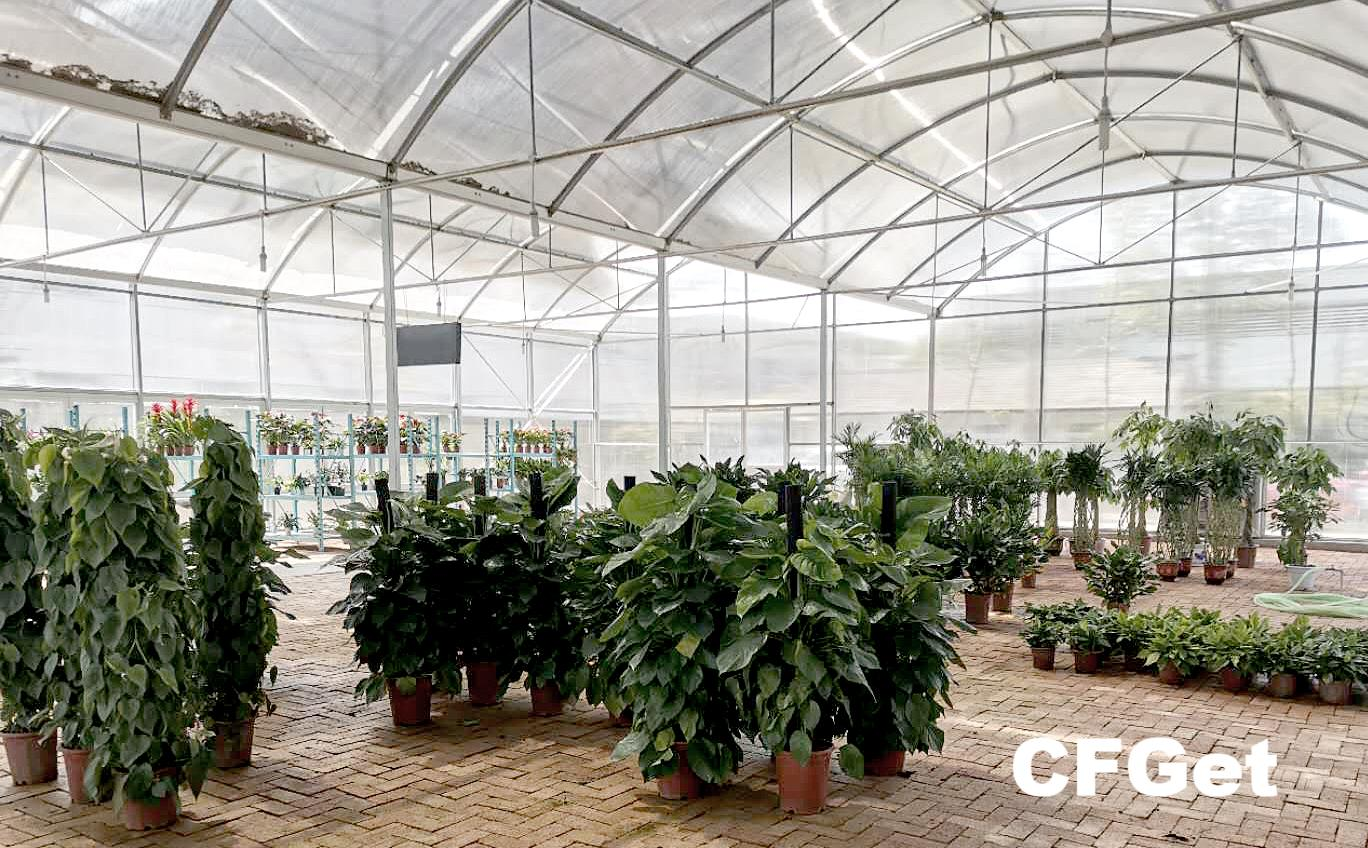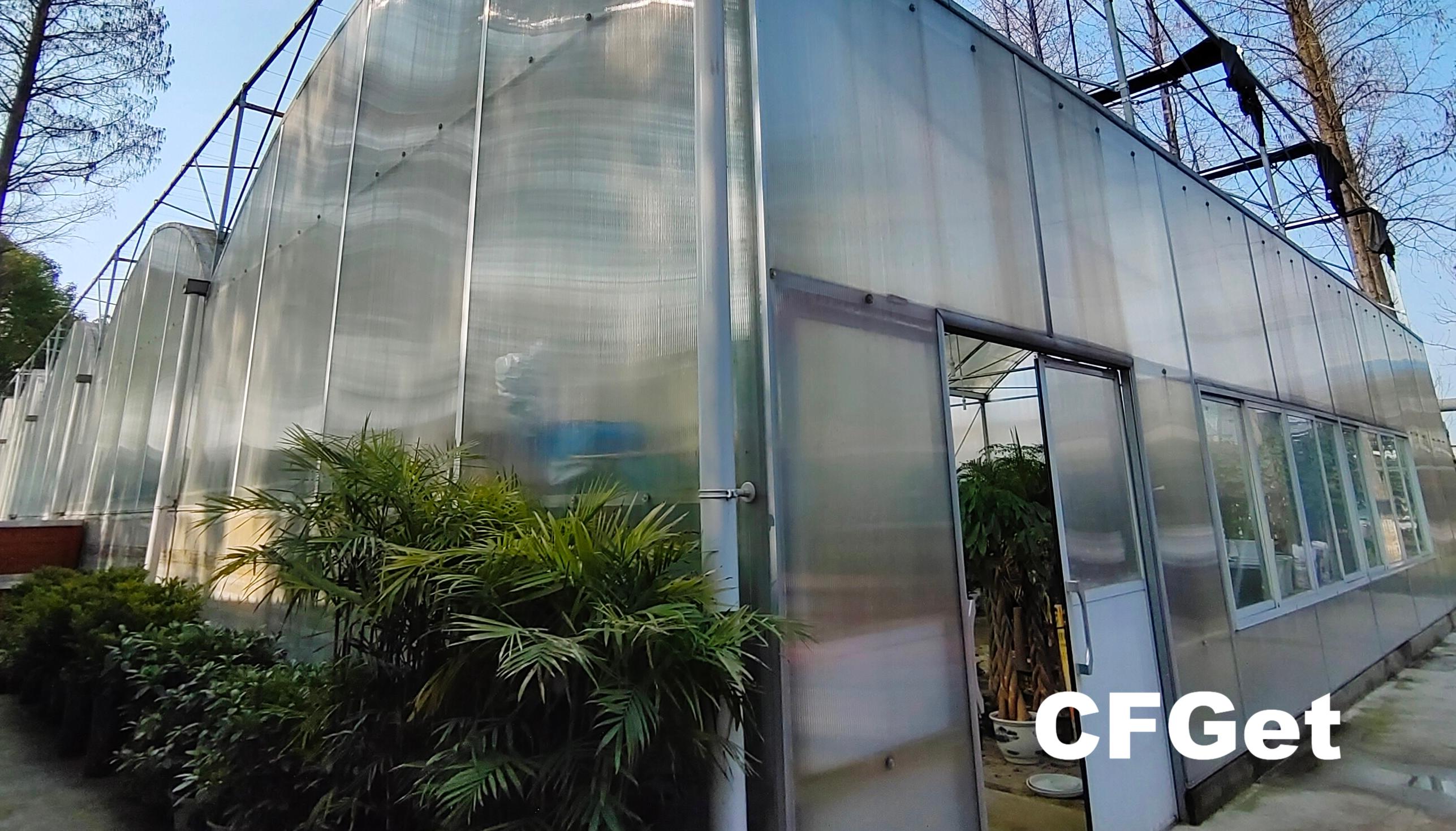When it comes to greenhouse materials in cold regions, most people immediately think of glass or plastic films. However, polycarbonate panels have recently gained significant attention due to their unique properties. What makes them stand out, and are they truly the best option for greenhouses in cold climates? Let’s dive deeper into their advantages and potential drawbacks to find out.
Excellent Insulation Performance
One of the biggest challenges in cold climate greenhouses is maintaining a stable, warm environment without excessive energy costs. Polycarbonate panels, especially those with a triple-wall design, trap air between layers. This trapped air acts as an excellent insulator, greatly reducing heat loss. In places like northeastern China and parts of Canada, greenhouses built with triple-wall polycarbonate panels have seen heating costs drop by a large margin. This means farmers can keep their crops at optimal temperatures without breaking the bank on energy bills. Maintaining proper insulation helps not only in saving energy but also in protecting sensitive plants from temperature fluctuations that can stunt growth or reduce yields.
Lightweight and Durable
Polycarbonate is about one-third the weight of glass but far more impact-resistant—around 200 times stronger. This makes it ideal for regions that experience heavy snowfall or strong winds. Its durability means less risk of damage or costly repairs. For example, Chengfei Greenhouses employs high-quality polycarbonate panels in northern projects. This choice has proven to deliver sturdy, reliable structures that withstand extreme weather for many years without losing their integrity. The reduced weight also simplifies installation and reduces structural demands, allowing for more flexible design and potentially lower construction costs.

Good Light Transmission and UV Protection
Light quality is critical for plant growth. Polycarbonate panels allow between 85% and 90% of natural sunlight to pass through, sufficient for most crops’ photosynthesis needs. Additionally, these panels filter out harmful ultraviolet (UV) rays. Reducing UV exposure helps prevent plant stress and damage, leading to healthier and more vigorous growth. This protective quality is especially valuable in high-altitude or snowy regions where UV intensity is greater. By filtering UV rays, polycarbonate panels help extend the lifespan of both plants and greenhouse components, such as shading nets or irrigation systems, which can degrade under strong UV exposure.
Long-Lasting Weather Resistance
Sunlight and harsh weather can degrade many materials over time. However, premium polycarbonate panels come with UV inhibitors that prevent yellowing, cracking, or becoming brittle. Even in cold, snowy climates, they maintain their clarity and strength for years. This durability means less frequent replacements and lower maintenance costs—important factors when managing commercial or large-scale greenhouses. Furthermore, polycarbonate's flexibility allows it to withstand sudden impacts, such as hail or falling debris, without shattering.
Some Drawbacks to Consider
While polycarbonate panels offer many benefits, they aren’t without limitations. Their light transmission is slightly lower than glass, which could be a concern for crops needing very high light levels. This issue is often addressed by integrating supplemental artificial lighting systems to boost overall light intensity. Another point to consider is the potential for condensation forming on the inside of multi-wall panels, which may affect light transmission if not managed properly through adequate ventilation.
The surface of polycarbonate is softer and can scratch more easily than glass if not cleaned properly. Scratches reduce light transmission and can make the greenhouse look less appealing over time. Proper maintenance and gentle cleaning techniques are necessary to preserve its performance.
Initial costs for multi-wall polycarbonate panels are higher than plastic films and single-pane glass. However, the long-term savings from durability and energy efficiency often justify the upfront investment.
How Does It Compare to Other Materials?
Glass has excellent light transmission but poor insulation, which leads to high heating costs in cold climates. Its weight and fragility increase construction challenges and maintenance expenses. Glass greenhouses often require heavier support structures and are more prone to damage during storms or heavy snow.
Plastic films are the most affordable and easy to install but have short lifespans and offer limited insulation. They often require replacement every year or two, increasing long-term operational costs. Films can also be vulnerable to tearing in harsh weather conditions, which may disrupt growing conditions abruptly.
Polycarbonate panels provide a balanced solution with good insulation, light transmission, durability, and cost-effectiveness. This combination has made them the preferred choice for many cold climate greenhouse projects. The added benefits of ease of installation and lower maintenance needs further strengthen their appeal.

Cold climate greenhouse materials, polycarbonate greenhouse panels, greenhouse insulation materials, smart greenhouse design, Chengfei Greenhouses, agricultural energy-saving materials, greenhouse lighting management, wind and snow resistant greenhouse design
If you want to learn more about greenhouse materials and design strategies, feel free to ask!
Welcome to have a further discussion with us.
Email:Lark@cfgreenhouse.com
Phone:+86 19130604657
Post time: May-28-2025







 Click to Chat
Click to Chat